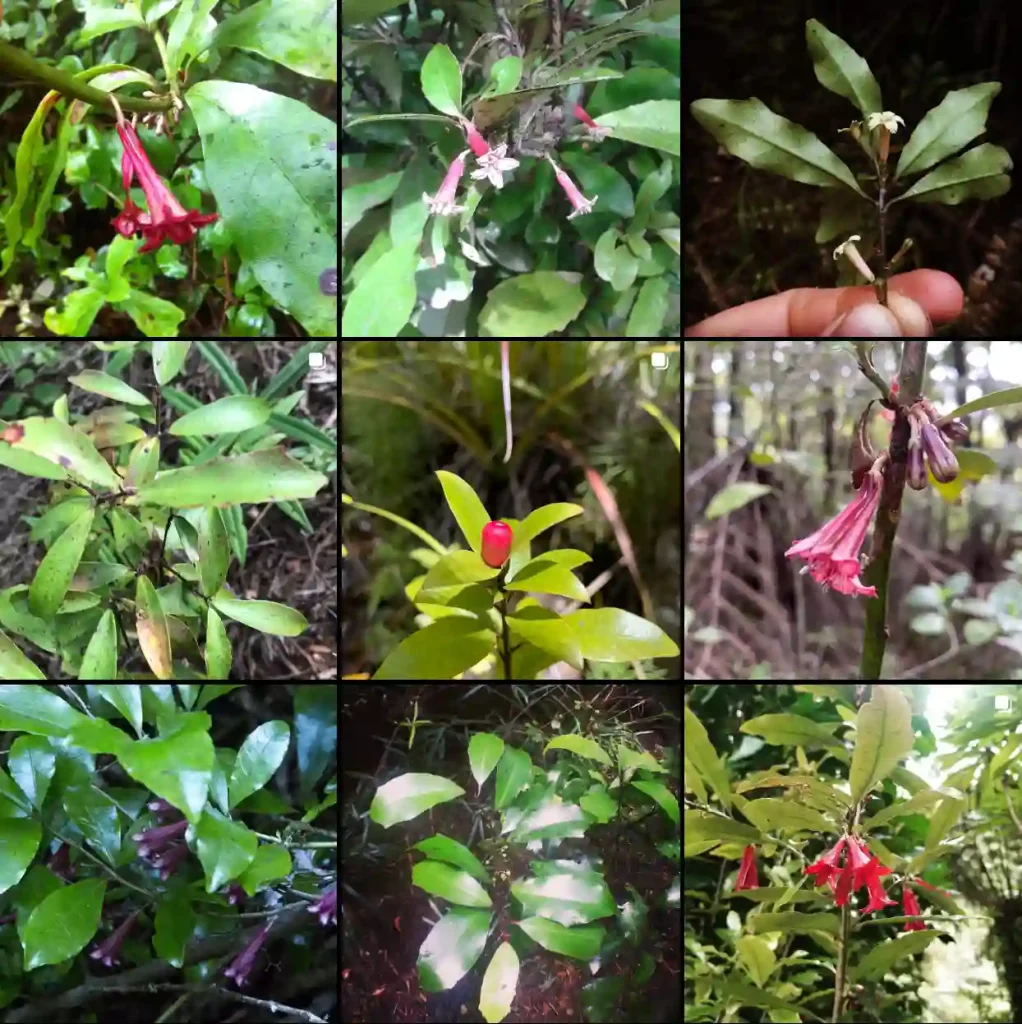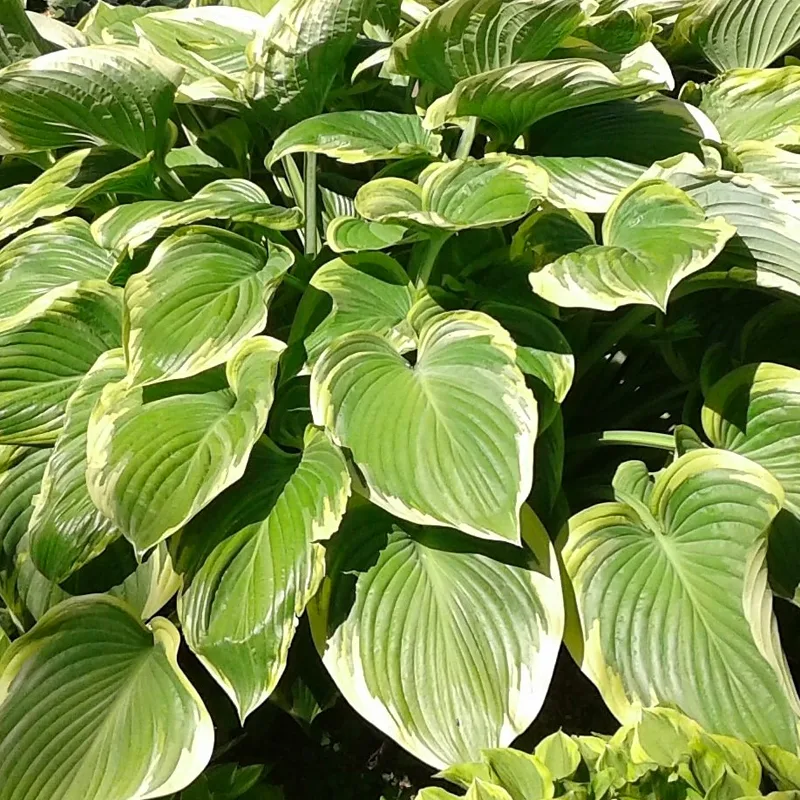FAQs about Chrysactinia Mexicana
Chrysactinia Mexicana, commonly known as the Texas yellow star, has always intrigued me with its bright yellow flowers and resilience in arid environments. This plant is a native of the southwestern United States and northern Mexico, and it’s often found in gardens for its vibrant blooms and low maintenance needs. If you’re considering adding this beauty to your garden, here are some frequently asked questions to help guide you.
What Is Chrysactinia Mexicana?
Chrysactinia Mexicana is a perennial plant belonging to the aster family. It grows low to the ground, typically reaching a height of about 1 to 2 feet. The plant features narrow, linear leaves and produces stunning yellow flowers that bloom from spring through fall. It’s a fantastic choice for xeriscaping, as it thrives in dry, sunny conditions.
Plant Family: 1720 Genera in Asteraceae
How to Care for Chrysactinia Mexicana?
Caring for Chrysactinia Mexicana is relatively straightforward. Here are some essential tips:
- Light Requirements: This plant loves full sun. Aim for at least six hours of direct sunlight daily to encourage vigorous growth and abundant blooms.
- Soil Conditions: It prefers well-draining soil. Sandy or gravelly soils work best. If your garden has heavy clay soil, consider amending it with sand or gravel to improve drainage.
- Watering Needs: Once established, this plant is drought-tolerant. Water it regularly during the first few months to help it establish roots, but after that, let the soil dry out between watering. Overwatering can lead to root rot.
- Fertilization: Fertilizing isn’t necessary, but you can apply a light feeding of a balanced fertilizer in early spring if you want to boost growth.
- Pruning: Deadheading spent flowers can encourage additional blooms and keep the plant looking tidy. In late fall, you can cut back the plant to the ground to prepare it for winter.
How to Propagate Chrysactinia Mexicana?
Propagating Chrysactinia Mexicana is an exciting endeavor. You can easily grow new plants from seeds or divisions:
- Seeds: Collect seeds from mature flowers in late summer. Sow them in a well-draining mix, and keep them lightly moist until germination, which typically takes 2 to 3 weeks.
- Divisions: In early spring, you can divide established plants. Carefully dig up the plant and separate the root ball into sections. Replant these divisions in well-draining soil.
What to Plant With Chrysactinia Mexicana?
Pairing Chrysactinia Mexicana with complementary plants can create a stunning garden display. Here are a few options:
- Desert Sage (Salvia dorrii): Its purple flowers contrast beautifully with the yellow of Chrysactinia Mexicana.
- Agave Species: The structural form of agave plants provides an interesting visual contrast and complements the low-growing Texas yellow star.
- Lantana: This drought-tolerant flowering plant can add bursts of color alongside Chrysactinia Mexicana.
Can You Grow Chrysactinia Mexicana Indoors?
While it’s best suited for outdoor gardens, you can grow Chrysactinia Mexicana indoors if you provide adequate light. Place it near a sunny window where it can receive at least six hours of sunlight daily. However, keep in mind that it may not thrive as well indoors due to lower humidity levels and less air circulation.
Is Chrysactinia Mexicana Toxic?
Chrysactinia Mexicana is considered non-toxic to humans and pets. This makes it a great option for gardens where children or animals play. However, it’s always wise to monitor any new plant around pets, as individual reactions can vary.
Benefits of Growing Chrysactinia Mexicana
There are many benefits to including Chrysactinia Mexicana in your garden:
- Drought Tolerance: It requires minimal water once established, making it perfect for dry climates or low-maintenance gardens.
- Pollinator Friendly: The bright flowers attract bees, butterflies, and other pollinators, contributing to local biodiversity.
- Low Maintenance: With minimal care requirements, this plant is ideal for both novice and seasoned gardeners.
Common Problems with Chrysactinia Mexicana
While Chrysactinia Mexicana is generally trouble-free, a few issues can arise:
- Overwatering: This is the most common problem, leading to root rot. Ensure the soil drains well and let it dry out between waterings.
- Pests: Watch for aphids and spider mites. A gentle spray of water or insecticidal soap can help manage any infestations.
How Does Chrysactinia Mexicana Compare to Other Similar Plants?
Chrysactinia Mexicana can sometimes be confused with similar flowering plants, such as Coreopsis and Eriogonum species. While these plants also feature bright yellow flowers, Chrysactinia Mexicana stands out due to its unique foliage and resilience to drought. Its more compact growth habit makes it a favorite for ground cover in xeriscaped gardens.
In summary, Chrysactinia Mexicana is an excellent choice for anyone looking to add vibrant color to their garden with minimal effort. Its drought tolerance, low maintenance needs, and attractiveness to pollinators make it a standout choice for both novice and experienced gardeners. Whether you’re growing it in a garden or considering it for an indoor space, understanding its needs and benefits will ensure your success with this delightful plant.
If i die, water my plants!



